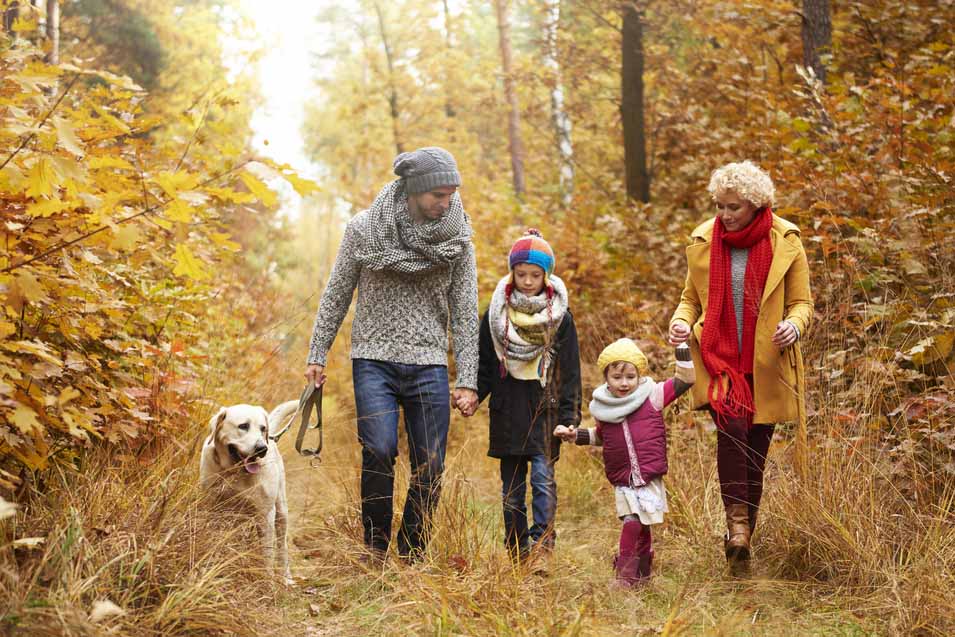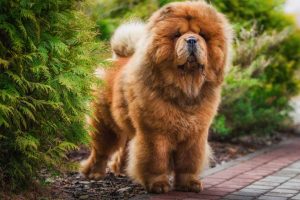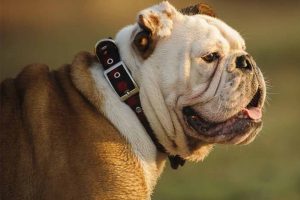Pollution and deteriorating air quality are problems most urban communities are plagued by today. While the detrimental effects of heavily polluted air on people’s ability to breathe is well-documented, little consideration is given to our canine friends who also inhale the same hazardous fumes on a daily basis. Second hand smoke from cigarette use not only compromises human lung function, it is also extremely harmful for our dogs. But our air today is also adversely affected by smoke from wildfires. While some conditions such as cigarette smoke can be limited; unfortunately, most people are powerless when it comes to poor air quality as a result of wildfire activity or commercial pollution. With all of this in mind, it leads responsible owners to wonder what, if anything, can be done to protect themselves and their beloved pets from poor air quality conditions.
What Are Today’s Major Air Pollutants?
There are many different items which can negatively impact our air quality. Though we most typically assume smoke from cigarettes or wildfires causes the most significant damage, they are not the only contributing factors to deteriorating breathing conditions.
Among the leading threats to clean air today are the following:
- Factory smoke
- Industrial processing
- Woodstove emissions
- Wildfires/forest fires
- Fossil fuels
- Automobile emission pollution
Why Is Air Pollution a Problem?
There is no doubt that exposure to contaminated airways has a deleterious effect on the health of both humans and canines. However, there are many factors which determine just how deeply affected an individual may be. Those who find themselves exposed to poor quality air on a daily basis are more likely to suffer ill effects as a result. But exposure is not the only element that determines a person or dog’s likelihood to succumb to ill health as a result of poor quality air. Those who are not currently experiencing optimal health conditions as well as those with a genetic predisposition to succumb to air pollutants will also potentially suffer greatly. But the amount and concentration of pollution also makes a difference in how greatly a person is affected.
Air pollution primarily affects the cardiovascular system. Among the symptoms those affected by air pollution exhibit are the following:
- Difficulty breathing
- Coughing
- Asthma
- Chronic Obstructive Pulmonary Disease, bronchitis, or emphysema
- Chronic heart issues including angina, heart attack, heart failure, and arrhythmia
What Can Be Done to Protect Your Dog Against Air Pollution?
Since air pollution isn’t going away any time soon, it is critical for every family to design a proactive plan to protect themselves and their pets from things that may pose a hazard to their health.
Here is a list of some strategies you can employ to safeguard against poor air quality and its negative effects on the body:
- Remain inside when the air quality index is poor.
A good measurement for pet owners to keep in mind is if you are experiencing difficulty breathing, your dog most likely will be as well. Unfortunately, since your dog is smaller than you are and has reduced lung capacity as a result, it is possible that your dog will be uncomfortable long before you will. To ensure your dog remains unaffected by poor quality air, it is important to find a reliable air quality index which accurately reflects the current conditions. This will enable you to make a wise decision about whether or not the air quality is healthy enough for an outdoor walk or if some indoor activity is a better idea. - Incorporate activity opportunities in your home.
During times when dogs are unable to get regular outdoor exercise, it is easy for them to experience frustration and even become destructive as a result of pent-up energy. The best means to combat this problem is to equip your home with activities that can help Fido burn off his excess energy indoors. Teaching your dog to use a treadmill is one means to ensure that he is still able to get in a daily workout. Other options include a rousing game of ball that incorporates a flight of stairs or even throwing a ball down a long hallway. Brain games will also help alleviate any boredom from being cooped up inside during bouts of inclement air conditions. - Bear in mind that size matters.
Smaller dogs are affected by poor air quality more quickly than larger ones. Yet, dogs still need to go outside for bathroom breaks. Some families opt to pee pad train their dogs to give them an alternative space to “do their business” when air pollution is high. Many breeders also make use of litter boxes when potty training puppies. Dogs seem to accept this concept readily making it an easy option as well. However, a litter box is better suited for use with small to medium sized dogs. - Make use of a nebulizer.
Brachycephalic (or snub-nosed) breeds often face breathing challenges independently of air quality. A nebulizer which by design delivers a fine mist into the nasal passages which eases breathing is an excellent means to calm irritated lungs and nasal passages. Veterinary assistance is recommended before attempting something of this nature at home. - Feed your dog Slippery Elm.
There are several supplements available on the market today which support respiratory function in both people and dogs. Slippery Elm is a natural for dogs as it is nutty in flavor, making it palatable for a dog to eat. It comes in many different forms including capsules, grains, tea leaves, and in glycerine form.
Unfortunately, air pollution is here to stay. If we cannot effectively eradicate the problem, it falls to us to find a way to protect our families from the harmful effects of our contaminated air supply. Consider some of the tips in this article to keep Fido’s respiratory health strong and healthy!






